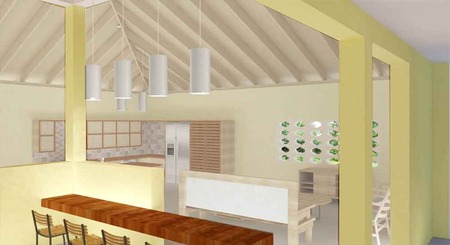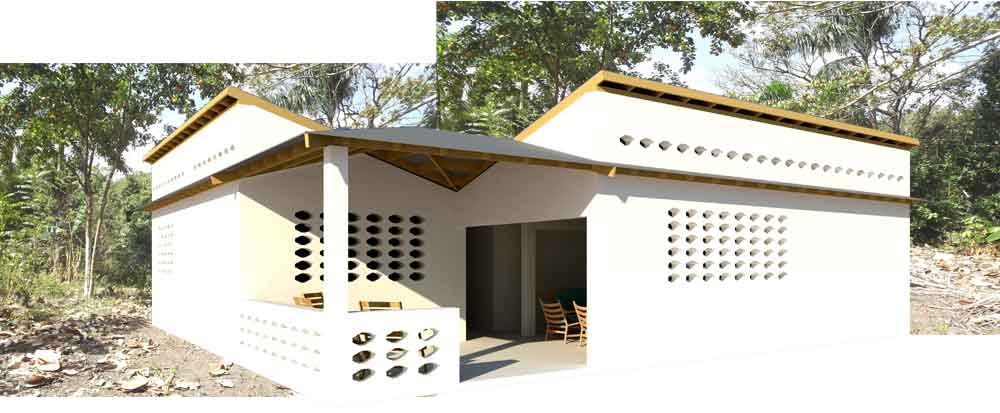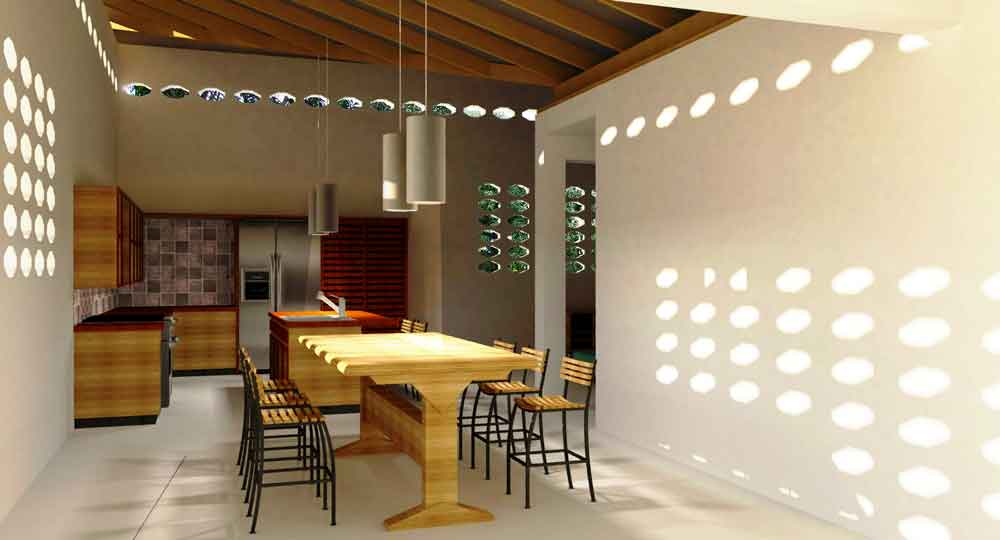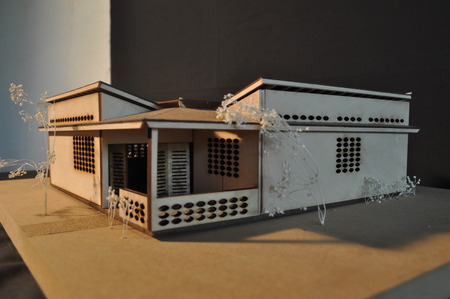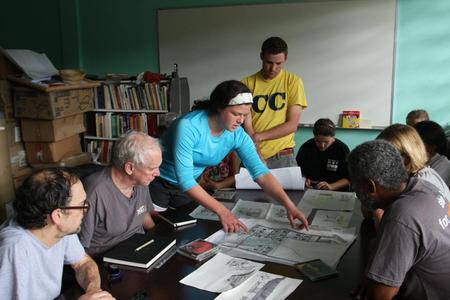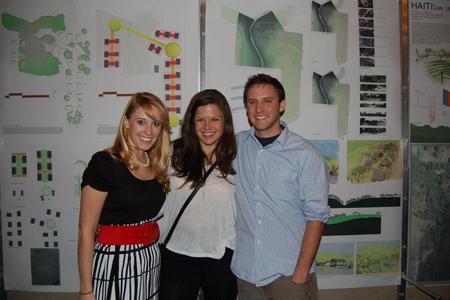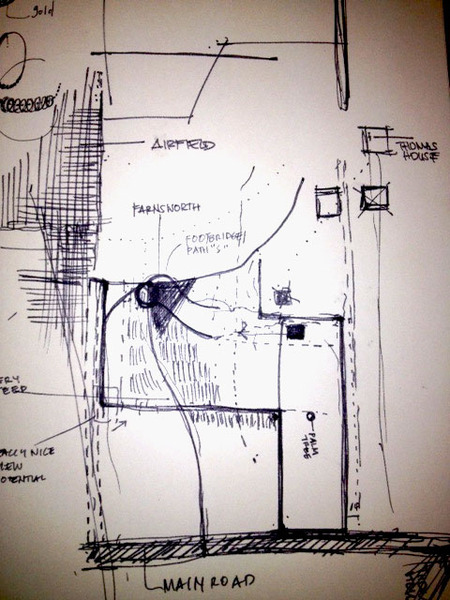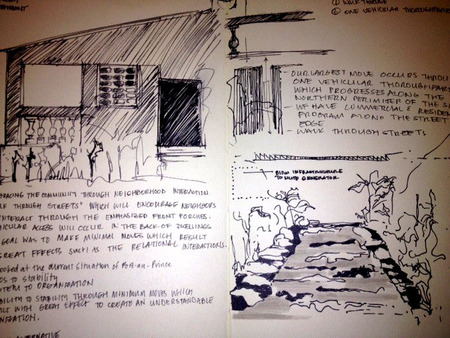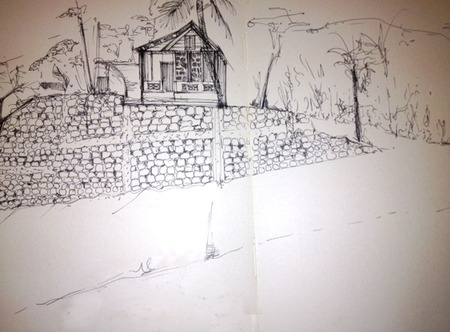One can never fully understand a foreign nation. There are too many intricate nuances to ever fully investigate. There is too little time to hear enough stories. We are born with too few eyes to perceive everything around us… and our visit was merely five awe-inspiring days.
Upon arrival to Haiti our senses were overwhelmed. There was a distinct smell, few lights, and an abundance of new noises. As we exited Port au Prince and neared Fond-des-Blanc, it was as if we were stepping back in time to a land more pure and in tune with itself. The region held modern people with modern ideas in an ancient landscape. The juxtaposition was poignant. Women with the reigns to a donkey in one hand and child in the other spoke to men on motorcycles with cell phones. It certainly was not what many of us expected. The people seemingly tolerated us, but without the benefit of mutual language it was difficult to discern their spoken feelings. We relied on body language and noticed many of the most beautiful smiles and welcoming gestures we’ve ever encountered. The Haitians of Fond-des-Blanc evidently understood our mission.
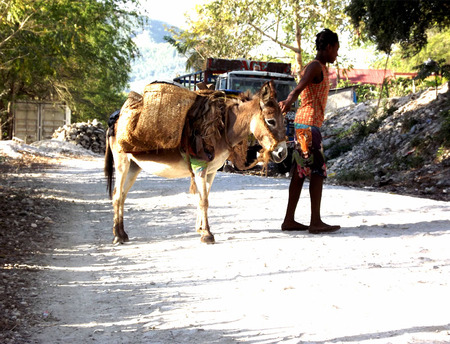
Fond-des-Blanc is an agricultural region draped with the most breathtaking mountain scenery in the Caribbean and is a mere sixty miles from the capital city of Port-au-Prince. After traversing the dusty rugged roads we arrived at our destination and were met by Haitian native Jean Thomas and his American wife Joy. From the beginning, our team extracted the most information we could in the allowable time from our like-languaged guides. Upon arrival on the site, our hearts sank. This was not the site we expected to see based on our rudimentary 2D plans. The grading was steeper, the forests thicker, and the proportions much different than we had expected. Our proposal, we soon realized, was not going to cut it.
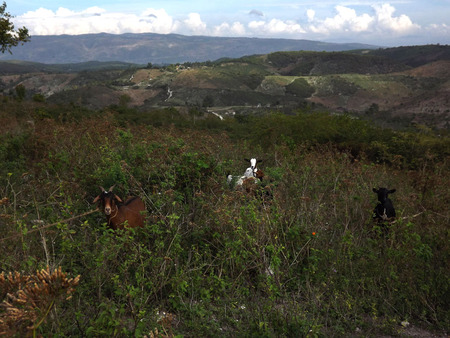
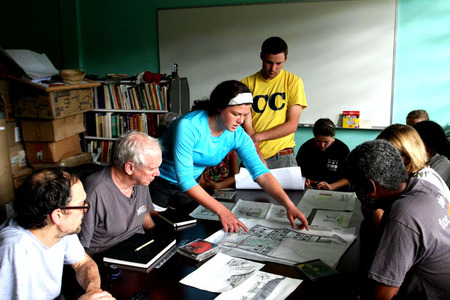 Dani and Pete presenting the initial site plan
Dani and Pete presenting the initial site plan
After putting aside our apparent inability to fully understand the site through plan, we were charged with cataloging a series of panoramic views from eight distinct areas of the site. Although the setting was serene, hiking to each location was far from a walk in the park. Each area differed vastly from the others, even when the separation was only a few dozen yards. The panoramas offer a rich montage of views. These views will become increasingly important as we design the individual homes to populate our community. While many were fully blocked or partially obstructed by thick Haitian vegetation, others offered sweeping vistas to the mountains beyond the mountains. At the crest of our site, the tilled soil is shown in panorama as a sweeping plane uninterrupted except for the distant forest and a lone palm tree. Approaching the confluence of the small stream (what we were told was a river), the ground could not be more different. It is not only divided by water, but abruptly punctuated by cliff sides and steep rocky slopes. In between the two are panoramas of thick forest, grown cactus fences, and rocky topsoil.



 Monday, May 7, 2012 at 8:27PM
Monday, May 7, 2012 at 8:27PM 




